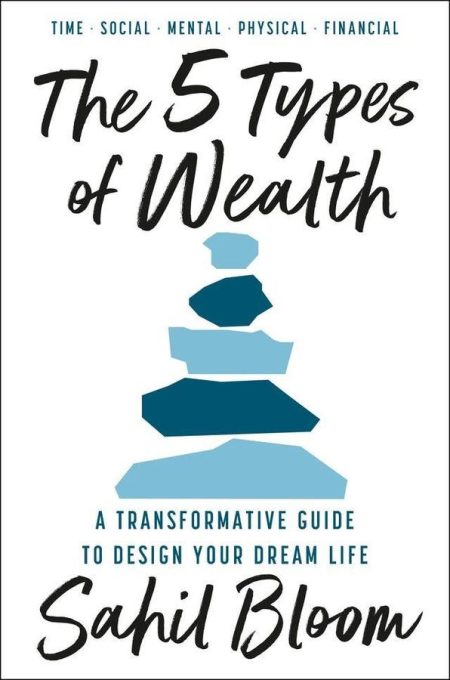New government projections estimate significant increases in both overall and out-of-pocket costs for home care, nursing facilities, and continuing care communities (CCRCs) through this decade. The projected steep rise in costs will lead to tough decisions for both consumers and government.
The latest annual projections, by analysts at the federal Centers for Medicare and Medicaid Services (CMS) forecast overall health cost increases will moderate through the decade as the affects of the Covid-19 pandemic wane. However, the costs of long-term supports and services as well as post-acute care such as physical therapy are expected to rise more steeply than in most recent years. Costs of these services will also grow at a faster rate than health care overall.
Higher Prices, Greater Need
There are two reasons: Prices for specific services will rise. And the number of people receiving care will grow, reflecting increasing numbers of older adults and younger people with disabilities.
Annual home health costs for both government and households are expected to rise by an average of more than 7% through 2030. Per person costs are expected to rise by more than 9%.
Overall home health costs will double from $113 billion in the pre-pandemic year of 2019 to $226 billion by 2030. Consumer out-of-pocket costs will grow from less than $13 billion in 2019 to more than $27 billion in 2030.
Home care costs had been rising steeply before the pandemic, likely reflecting higher labor costs for aides, therapists, and nurses. Those expenses rose sharply in 2020 and fell in 2021. But CMS expects they will rise by more than 7% annually through 2029, then moderate slightly to about 6.5% in 2030.
Conflicting Trends
Costs will increase more slowly for nursing homes and CCRCs (oddly, CMS combines the two very different facility-based care models), with an average annual increase of about 4.5%. CMS expects out-of-pocket costs to rise steeply this year and next, then moderate to around 3% after 2025.
This may reflect several important trends. On one hand, the study assumes an increase in nursing facility use, which plummeted in the pandemic. But at the same time, it also projects a slower increase in Medicare payments for SNF care due to the return of a pre-pandemic rule that requires patients to pay out-of-pocket for a SNF stay unless they had first been hospitalized for at least three days.
In addition, SNFs are likely to continue to receive lower payments from Medicare Advantage managed care plans. MA plans generally pay one-quarter to one-third less to SNFs than traditional fee-for-service Medicare.
These cost increases, especially for home-based care, will have a significant impact on both government and private payers.
A large share of skilled nursing and home health care is paid by Medicare. For the poor, Medicaid picks up costs of long-term care at home and long-stay nursing homes. Everyone else pays out-of-pocket, sometimes with the help of private long-term care insurance.
Long-Term Care Insurance
Both Medicare and Medicaid will be under significant financial and political pressure to reduce costs. But by 2030, CMS projects the two programs will be spending $300 billion annually for home care and nursing facilities. That may not be sustainable.
The steep cost increases also raise issues for those with private long-term care insurance. Not only will premiums rise but consumers will face tough choices when it comes to how much inflation protection to buy.
For many years, high-quality plans came with 5% annual inflation protection. That may have been overkill when annual costs were rising by 2% or 3%. But now, it is tough to find people willing to do care work. As a result, hourly fees for aides hired through agencies have grown from around $24 pre-pandemic to $30 or more.
At the same time, insurance carriers have been encouraging customers who have been shell-shocked by premium increases to save money by scaling back their inflation protection. They often offer to reduce rate increases if consumers drop or scale back those automatic annual benefit increases.
That may have been a prudent choice a few years ago but perhaps not when costs are expected to rise so sharply. Think about your age (the younger you are, the more you’ll need robust inflation protection), your income and other assets, your medical history, and your tolerance for risk.
Projecting health care costs always is an uncertain exercise. For example, the Congressional Budget Office has overestimated health cost increases in recent years.
But ongoing shortages of health care workers, the likelihood of tougher nursing home regulation, and increased levels of frailty among patients all suggest both long-term care and post-acute care will become much more expensive in coming years.
Read the full article here
















